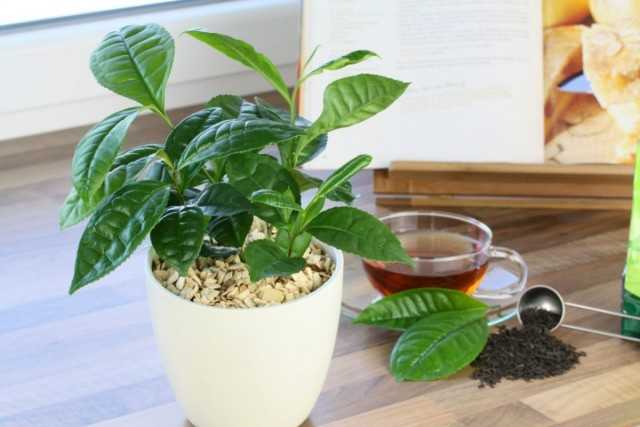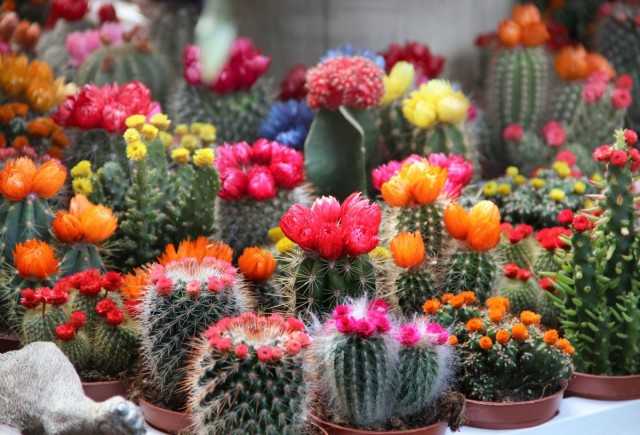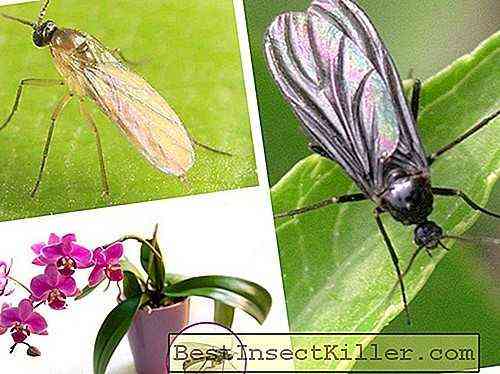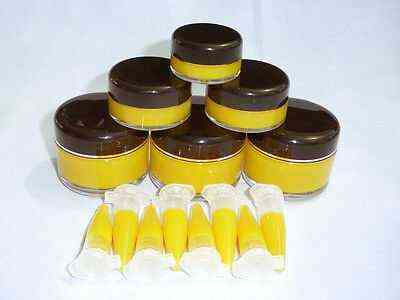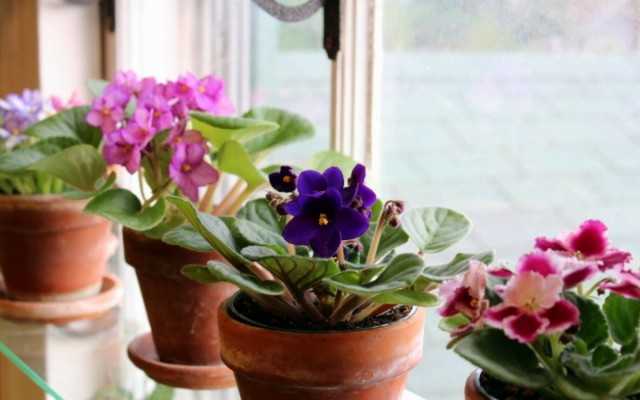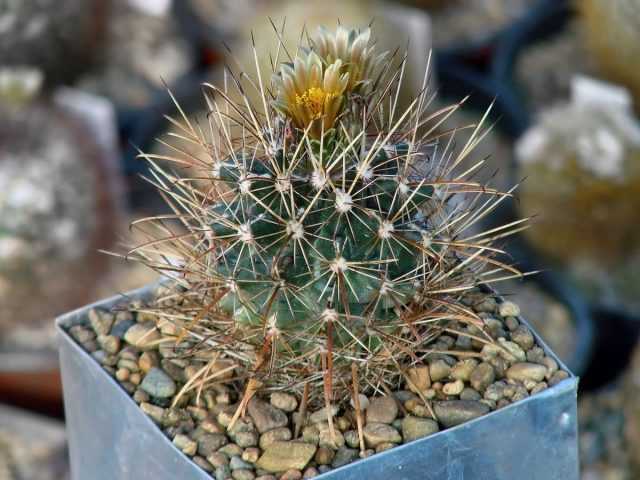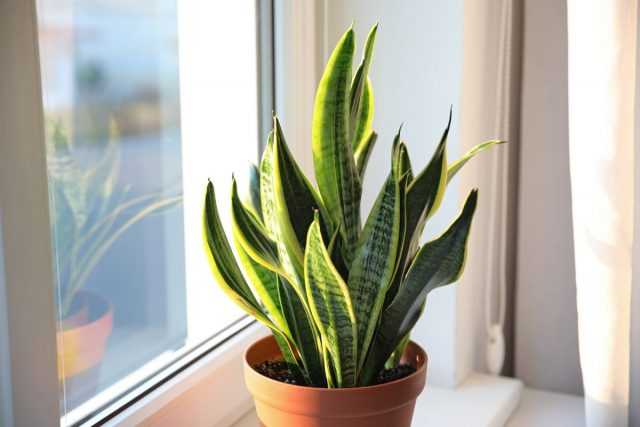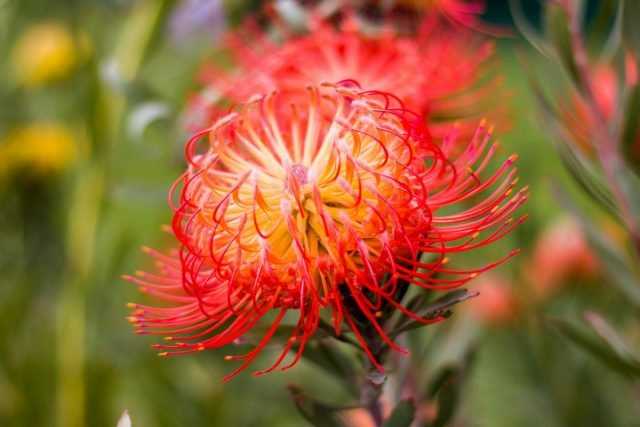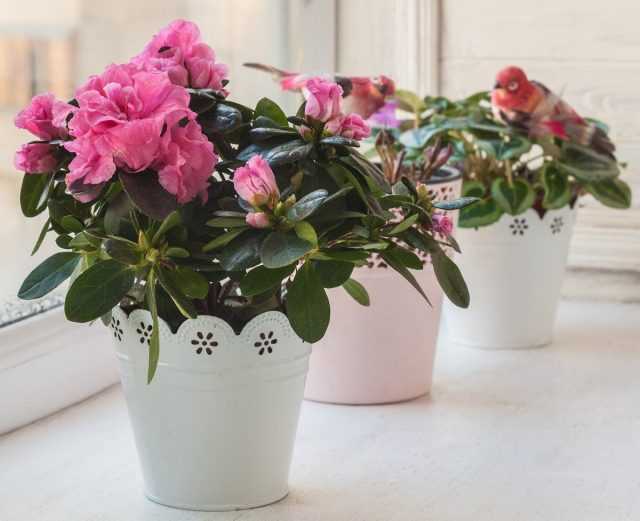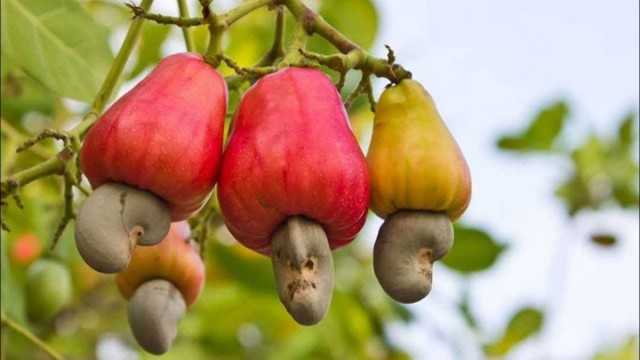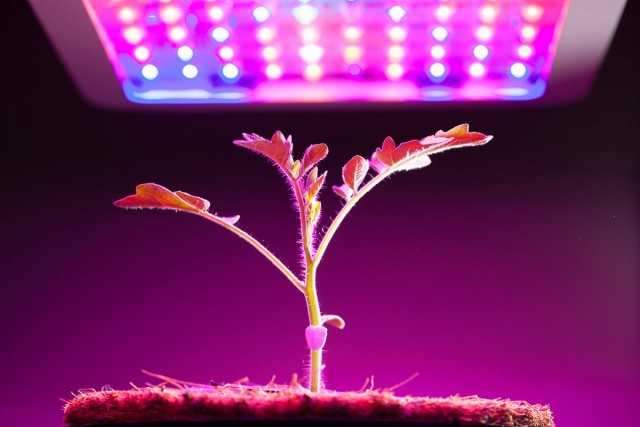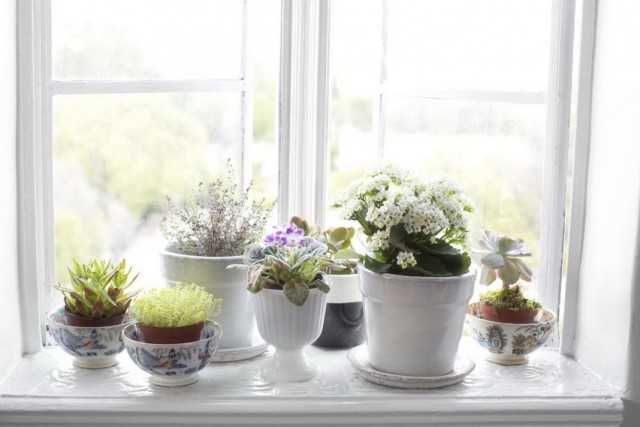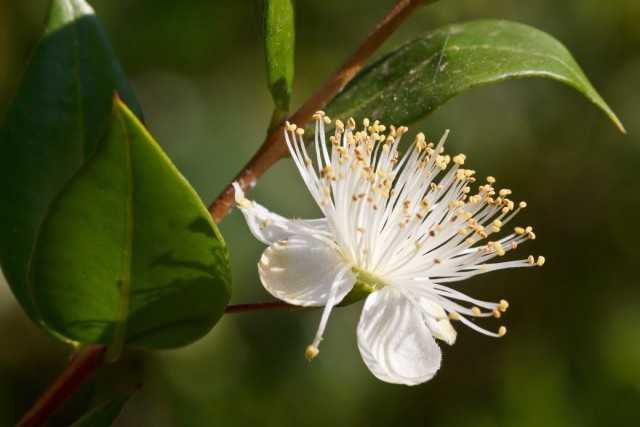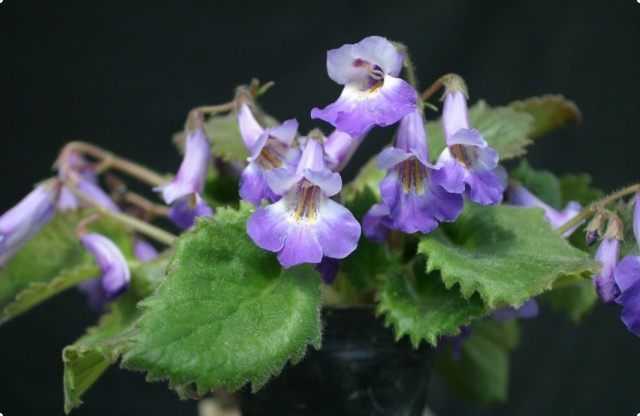Benjamin’s ficuses are especially popular among flower growers. One of them – ficus Natasha (ficus natasja benjamina) – is an evergreen plant from the mulberry family, which is increasingly found on the windowsills of residential apartments, offices and other institutions. Ficus Natasha is extremely popular due to its unpretentiousness and beauty. There is something in this flower that creates cosiness in the room.
Ficuses are aliens from Asian countries, Australian subtropics, China and Java and Ceylon in nature they reach gigantic sizes: up to 10 m in length. Domesticated ficuses are much more modest in size. For example, ficus Natasha is only 40 cm high. Natasha variety is formed by a compact bush, the branches of which can be connected in several pieces to make a neat bonsai plant.
Description of the plant
Many flower growers plant such ficus for bonsai art , so a small flower growth will be a plus.The color of this variety is diverse: from dark green to green with light spots, leaves 3 and 1.5 cm in size, slightly shiny. Ficuses of this genus do not require too painstaking care, but in order to achieve a beautiful crown of the bush, you need to apply recommendations for care: timely and proper watering of the plant, feeding it.
Care at home for such a flower is simple, and subject to all rules, even a novice will be able to grow such a plant. Ficus Benjamin Natasha variety is suitable for the manufacture of various compositions along with other colors. Before purchasing, you need to learn how to care for the ficus of the Natasha variety, so that the plant pleases active growth. You can see what ficus Natasha looks like in the photo or video.
Lighting and temperature for ficus Natasha
Ficus Natasha doesn’t really like to move from place to place – it’s better to advance determine for him a permanent place of residence. Such a place should not be near heating systems or in a draft, the temperature should not fall below 13 ° C and rise above 28 ° C. If the ficus conditions are not to your liking, it can easily drop the leaves. It’s best to put the ficus near the window.
If the ficus suddenly drops its leaves, you shouldn’t worry: the plant will adapt and will grow with new foliage if you look after it. It is very useful to shake the leaves and spray with settled water at room temperature – this will help form a lush crown.Ficus even in miniature looks like a real tree.
Watering the plant and fertilizing
It is better to water the ficus of Benjamin Natasha in several stages, so that the earth in the pot is wet evenly. Water must be left standing at least one day, at room temperature. The flower does not tolerate dry land, but excessive watering is contraindicated. After watering, do not forget to pour water from the pan: if left, the roots can rot. If the leaves turn yellow and fall after purchase, this may be a reaction to improper watering or regime change. In this case, you need to adapt the ficus at home, as well as adjust the watering mode.
If the variety Natasha discards leaves and it is not a matter of watering, it is possible that the wrong lighting was selected. More information about the care of ficus Natasha can be seen in the photo or video.
How can I feed ficus? In a plant, the winter season is a dormant period, therefore, feeding at this time is not necessary. But the rest of the time, ficus should be fed monthly. When choosing a mineral fertilizer, you must carefully read the instructions, the dosage must be observed exactly, otherwise the flower may get sick. Nitrogen fertilizers contribute to the growth of the lush crown. It is better to alternate mineral and organic top dressings rather than to add them together; an excess of fertilizers can lead to fungal diseases.
Ficus Benjamin transplant
It is not recommended to transplant a flower immediately after purchase. After buying a ficus, the Benge will need about 2 weeks to be able to adapt at home in a new place. Therefore, the transplantation of ficus Natasha should be done no earlier than after 2 weeks, or even a month. Transplantation is carried out from early April to late August. Young plants need to be replanted every year, and adults – once every 3-4 years.
A sure sign that the time for transplanting is more frequent drying out of the soil, indicating that the roots are crowded in the pot. Starting the transplant, you need to take a new pot 3-4 cm larger than the previous one in width and height. A good drainage layer should be put on the bottom, and pour on top a special mixture for ficus with humus, sand and peat. Next, you need to carefully remove the flower from the old pot with an earthen lump, without damaging the roots, and transplant to a new place. At the edges of the pot, between the walls of the container, you need to sprinkle a little earth and gently tamp it.
Propagation of the plant
At ficus Natasha, reproduction can be carried out in the spring. It is best to carry out reproduction by cuttings, on which there are 3-4 kidneys. You can root in water or plant in the soil immediately, while you need to create the effect of a greenhouse. You can use a special tool for the formation of roots such as “Kornevin.”To do this, the stalk should be “powdered” with the composition for root formation or placed in a solution (if it is written according to the instructions for the preparation) and planted in moist nutrient soil.
While the stalk will form roots, it should be covered with a transparent film on top. The plant must be in this greenhouse until roots are formed. Do not forget to maintain humidity without flooding the soil. As soon as the first roots appear, the ficus can be planted in a permanent pot.
Ficus pruning
Pruning is important for forming the correct crown of the tree. Also, with its help, you can restore a dried flower at home and get active growth. If this is not done, the branches will stretch in length and weaken, and this will greatly affect the health and appearance of the plant. Pruning is carried out in February, as soon as the flower begins to “wake up” and the first rudiments of leaves appear. Cut off all long and weak branches. Ficus Benjamin is a fast-growing plant, so pruning should be done the very next year of life after purchase.
Trimming young shoots is best. The longer the branch, the shorter it needs to be cut. No need to be afraid to cut the tops: from such pruning, the bush will only be more magnificent, side buds will form. A section is made over the kidney, using secateurs or clippers, on thick shoots at an angle, and on thin shoots – a straight line. If bush branches are affected by pests, they must also be removed.The slice is necessarily processed by garden var to avoid diseases of the ficus. If pruning milky juice gets on your hands, you must wash it off with soap and water.
Pests and diseases
Most often, ficuses suffer from leaf blotch and root rot. These types of plants periodically turn yellow and drop leaves. This is most likely due to an uncomfortable environment. The temperature may be too high or, conversely, low. This tropical plant needs high air humidity, so it’s better to install a humidifier near the ficus or in the hot season constantly raise the humidity by spraying the bush.
Waterlogging does not benefit the flower, this ficus can get root rot. It is only necessary to treat such a disease by pruning damaged roots and special antifungal drugs. If the fungus has covered the entire flower, a plant transplant is needed. Feeding ficus should also be in moderation, an excess of fertilizer can lead to fungal diseases.
Common pests of ficuses
- Cobweb cl u. Ficus often damaged to them. If the became noticeable whitish spots on leaves or thin gossamer likely, the plant is infected. The affected leaves after attack spider mite fall. After identifying the problem, you must immediately begin to treat the plant with a special preparation for spider mites. The appearance of such a pest contributes to excessive dry air. It is best to keep and grow a flower on the east or west side. During the period of solar activity, ficus should be removed from direct sunlight. In winter, so that the leaves do not dry out, you need to maintain air humidity at a mark of at least 50-70%.You can place wet expanded clay or moss next to the flower.
- Scutellum. This pest eats juice from the leaves and trunk, leaving special secretions, which in turn contribute to the appearance of soot fungus. This is dangerous because plant growth slows down, leaves turn yellow and fall off. You can get rid of such a pest only by treating the flower with a medicinal compound, which can be purchased in a specialized store, and get rid of damaged shoots. As a prophylaxis against scale insects, it is recommended to inspect the flower daily for pests. If insects are found, it is necessary to clean.
- Mealybug. This is a very small white insect that feeds on the sap of the plant. They get rid of it in the same way as they get rid of scale insects. A mealybug appears due to improper care or a feeding schedule. If a mealybug has appeared on the flower, the ficus may be oversaturated with nitrogen. With an excess of nitrogen in the leaves, the metabolism is disrupted, and they become vulnerable to attack by pests. With dry air, pests can attack the flower even more actively, so you can not place ficus near heating appliances. As a preventive measure, it is recommended to immediately remove dried leaves, as they serve as a breeding ground for insects. Periodically, you should arrange a flower with a warm shower, it will wash away possible insects.
Prevention of diseases
Problems with ficus appear due to non-compliance with the conditions of detention.You can prevent these troubles if you know what is harmful to the flower. This can be dry air in the apartment, excessive watering or drying out of an earthen coma, drafts, lack of sunlight, frequent movement of the pot, stagnant water in the pan, too frequent feeding. To avoid problems in care, you should study the description of Benjamin’s ficus and care rules.
Crown formation
You can make a real room decoration from ficus if you know how to decorate the crown with using proper pruning at home. Miniature ficuses are most often formed in the form of a ball, a multi-tiered bonsai-style stem, or in the form of some complex figures. It is best to start the formation of the crown in the tree while it is still young, more mature plants grow more slowly. Planned pruning for the formation is carried out in early spring during the period of the onset of active growth. You can cut the ficus at another time, if there are very elongated shoots; branches growing inside the bush, damaged and dry branches are also removed immediately. Often ficuses are braided with each other, combining two, three or more plants into one to give a decorative look and make the crown more magnificent.
If you have four young ficus, which individually do not have very thick foliage want to combine into one plant, you can try to braid them.To do this, you need to prepare a larger pot for them (all four root systems should fit in it), carefully remove the plants from the pots, slightly remove the old earth and fold it so that the trunks are as close to each other as possible. All branches that interfere are best trimmed. Then the plants are planted in a new container, pouring soil around the edges and be sure to tamp.
Tamping is necessary so that after watering the plant does not skew sideways or fail in the pot. The trunks are wrapped with a thread of natural material or a burlap ribbon, beautifully interlacing. Then the plant is pruned, forming the crown of the desired shape. To give the plant a rounded shape, the side branches and tops are cut so that the crown forms in the form of a ball. If suddenly pests appear on such a plant, it must be remembered that between the trunks entwined with a rope, they will reproduce most of all, since there are created optimal conditions for this. That’s why you should not forget to carefully handle the rope itself with a medicinal product.
How to braid a ficus with a pigtail
To weave a ficus in the form of a braid, 3 plants of the same size are needed. This is important because a larger plant in weaving will drown out the growth of a smaller one over time. The ficus, which was originally large, will grow, and smaller ones may even stop growing.
Before weaving, you need to prepare the flower: cut almost all the extra side branches to the apex.Lignified branches can not be thrown away, but try to root.
Next, we need to decide on weaving: tight, so that in the end the trunks grow together and get one plant with a trunk in the form of a braid, or so that they do not grow together and remain simply with trunks woven together . This formation and decision is necessary in order to determine how close to each other it is planned to plant them. For splicing, you need to land very close.
Ficus Benjamin should be removed from the pot, remove excess earth from the sides. Pour the mixture for decorative and deciduous flowers into the prepared container at the bottom. Place the ficus in a new pot, as if inside, as close as possible, if necessary. Weave trunks, fastening with thread or tape from burlap. As the rope grows, it can be removed. For weaving, it is better to take a flower from 20-30 cm high. Care for the pigtail will be the same as for a normal plant.

